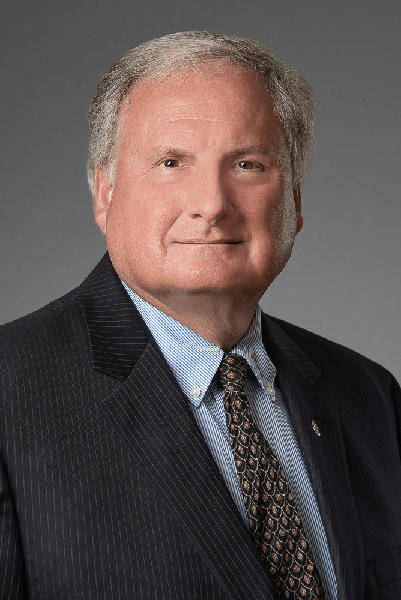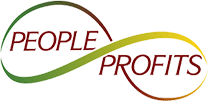Conventional wisdom regarding Talent Management is failing and we all know it. We have arrived at a time when it is necessary to question the conventional wisdom and look for alternative solutions. People Profits rejects the idea that you have to choose between putting People or Profits first. We reject the question itself as being destabilizing. Our logo explains it best, People and Profits tied together with an infinity sign. When you join the two – magic happens. Everyone benefits, stability is increased and friction between the two issues is eliminated.

Clark A. Ingram, is the Founder and President of People Profits, LLC - a financially focused Human Capital management consulting firm. We focus on the three greatest Human Capital problems affecting organizations: Employee Turnover, Chronically Open Positions and Skills Gap.
He started his career in Finance; however, after proving he was a problem solver he was pressed into being the VP of HR. At that time, a global publicly held industrial Service company was having employee turnover which threatened the viability of the organization. Because of their turnover they were also having problems with recruiting and their skills gap was going out of sight. Over the next 37 years he was the Chief Human Resources Officer for four companies, in four different industries from publicly to privately held. The four companies were in the Industrial Service, Manufacturing, Healthcare and Apparel Manufacturing industries.
He has since consulted with a spectrum of companies with widely different missions, cultures and employee demographics. They all had the three problems listed above in common. By using his processes, he has consistently seen turnover reduced by more than 40% in the first year. Recruiting has routinely achieved more than 90% staffed with full time employees. This has reduced the skills gap to a much more manageable level. Due to stabilizing turnover and recruiting, temporaries, per diems and recruiting agencies were no longer needed.
Clark has three children, three kid in laws and six grandchildren.
Clark’s formal education includes a Bachelor’s degree in Finance from the University of Texas at Austin and a MBA from Texas A&M at Texarkana. His professional certifications include: Senior Professional in Human Resources (SPHR), Certified Employee Benefit Specialist (CEBS), Chartered Property and Casualty Underwriter (CPCU) and Associate in Risk Management (ARM).
Gaining Control of Your Workforce
Many organizations do not have control of their workforce. Their employee turnover is too high, they find it hard to recruit, employees are not engaged. How do you take that situation and gain control of your workforce?
Conventional wisdom is not working. Organizations have been working for decades on engagement, billions in cost, untold manhours, with little to show for it. Gallup keeps a graph on engagement and it has been essentially flat for decades. For 2025, it is the lowest it has ever been. Clearly, conventional wisdom is not working and we need an alternative.
The issue in not just the classic cost of replacement and retraining. The real issue is the opportunity costs of not having a workforce that will allow you to chase those growth opportunities. You don't trust your workforce to handle what you have now. How can they handle more? That is the real cost.
Root Causes of Unwanted Employee Turnover
You must identify the specific root causes of your organizations employee turnover. The number one cause is the relationship between an employee and their supervisor. Followed closely by a lack of respect and sincerity from management. The list goes on. I have a list attached which is a good checklist to start your investigation.
It is vitally important that your brutally investigate what your specific organizational root causes are. If you are doing this right, there will be pain. No pain, no gain.
Immediate Actions to Address Employee Turnover
Too many companies see an Engagement Survey as a scorecard. Did you pass or not? I see it as a gold mine of intelligence as to where your employees are. What do they see as problems? Are we willing and able to fix them? If so, fix them and make sure all of your employees know what you did. Make sure they agree that you fixed the issue. That is the key.
Who are your best employees and what can you learn from them about your organization? Again, a gold mine of knowledge about your organization from THEIR view.
Do you have Value Paths set up? As employees proceed through your development program and increase their value, are they immediately rewarded? This is how you engage your employees and align them with your organizational goals.
Note: Engagement Surveys should always be strictly anonymous.


